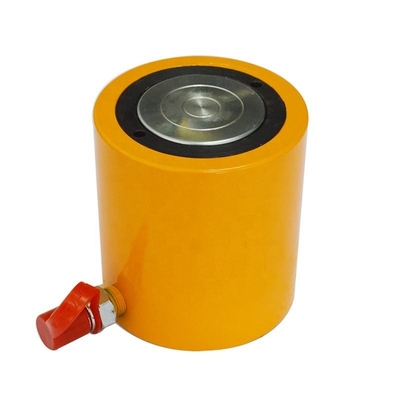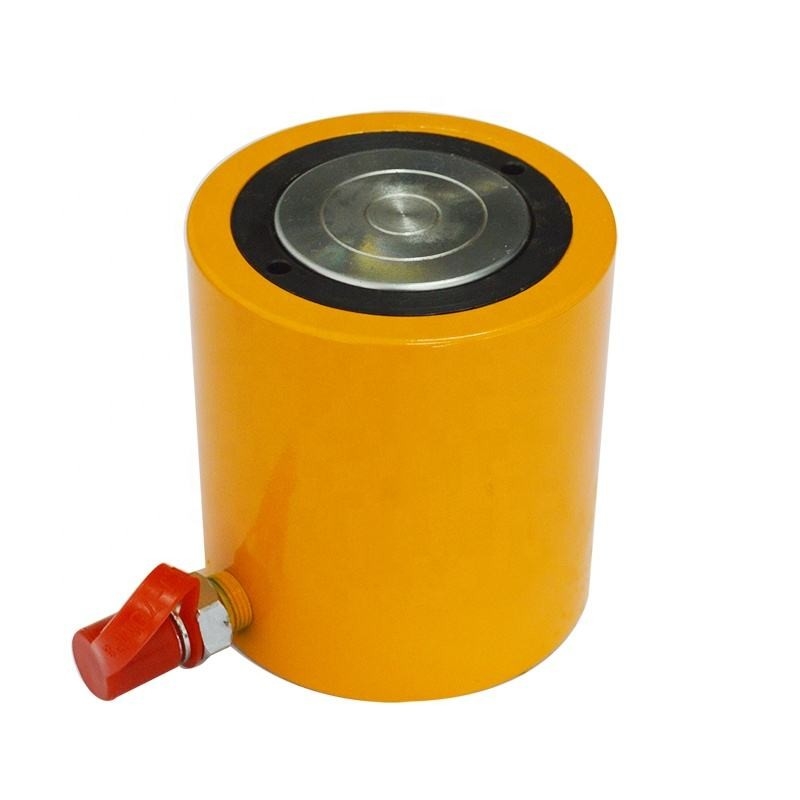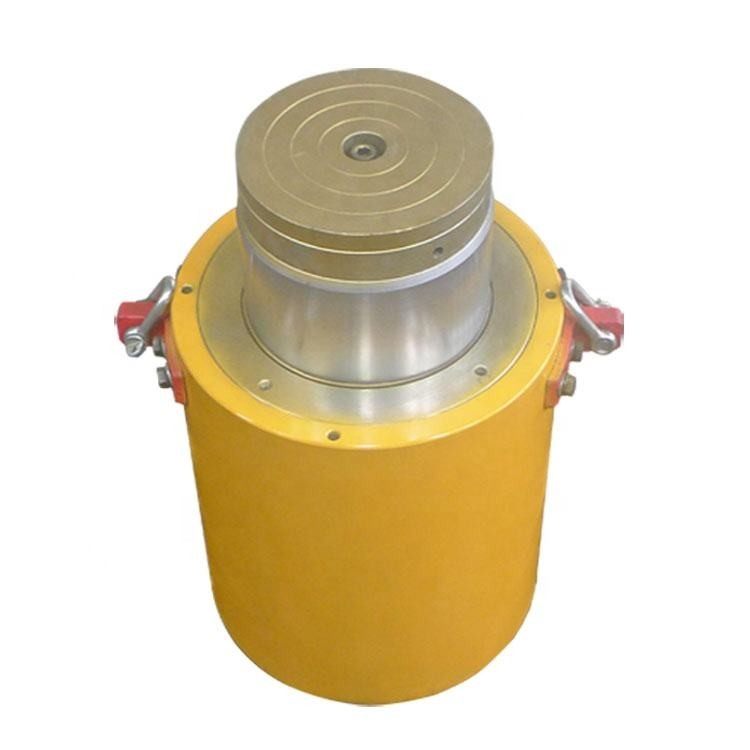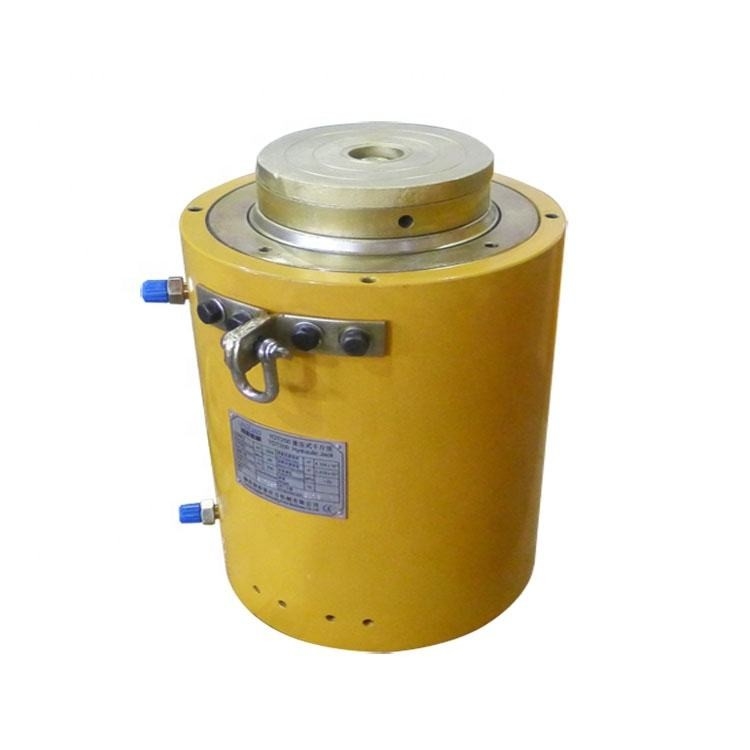-
Highlight
Mechanical Hydraulic Bridge Jack
,Double Acting Hydraulic Bridge Jack
,PLC Synchronous Hydraulic Jack
-
ApplicationConstruction
-
ColorCustomerized
-
TypeHydraulic Jack
-
Warranty1 Year
-
Maximum Stroke57mm
-
Weight22.7kg
-
BrandZHONGTUO
-
Tonnage10-100T
-
Place of OriginChina
-
Brand NameZHONGTUO
-
CertificationCE; ISO
-
Minimum Order Quantity1PC
-
Packaging DetailsWooden Case
-
Delivery Time7-15Days
-
Payment TermsL/C, D/A, D/P, T/T, Western Union, MoneyGram
Double Acting Mechanical Hydraulic Bridge Jack
Description of Hydraulic Bridge Jack
The bridge lifting jack is a common lifting tool for the synchronous lifting of bridge maintenance. It is equipped with a PLC synchronous jacking system to realize high-precision synchronous lifting and lowering of bridges. Common bridge lifting jacks are thin, ultra-thin, double-acting large tonnage, large tonnage self-locking, and can be selected according to the overall tonnage of the bridge, jacking position space, and jacking requirements.
Features of Hydraulic Bridge Jack
The jacking method can avoid high-altitude operations and is convenient for construction, but the jacking technology requires high requirements. A construction method in which the roof structure is assembled or poured on the ground and is gradually lifted to the design level by using jacks and alternately filled columns.
This method does not require large-scale lifting equipment, and the entire roof that has been constructed on the ground, including roof waterproofing, paint, and pipelines, can be lifted into place at one time. The lightweight and compact design is suitable for narrow working spaces, and the piston automatically returns oil to the chrome-plated surface of the piston to prolong its life of the piston.
Technical Parameter
| Model | Tonnage Ton |
Piston Stroke mm |
Height mm |
Extension mm |
Cylinder outer diameter D(mm) |
Weight Kg |
Work pressure Mpa(bar) |
| RM-TRCS-101×4 | 10 | 38 | 88 | 126 | 70 | 4.1 | 63 (630) |
| RM-TRCS -201×4 | 20 | 45 | 98 | 142 | 88 | 5 | 63 (630) |
| RM-TRCS -302×4 | 30 | 62 | 117 | 179 | 104 | 6.8 | 63 (630) |
| RM-TRCS -502×4 | 50 | 60 | 122 | 182 | 138 | 10.9 | 63 (630) |
| RM-TRCS -1002×4 | 100 | 57 | 141 | 198 | 188 | 22.7 |
63 (630) |
![]()
Maintenance matters
(1) The bottom of the hydraulic jack should be flat and tough when used. The oil-free wooden board expands the pressure-bearing surface to ensure safety. Iron boards cannot be used instead of wooden boards to prevent sliding.
(2) It is required to be stable when lifting. After lifting the heavy object for a while, check whether there is any abnormality. If there is no abnormality, continue to lift the top. Do not lengthen the handle arbitrarily or operate it excessively.
(3) Not overloaded, super high. When the red line appears on the sleeve, it indicates that the rated height has been reached and the jacking should be stopped.



